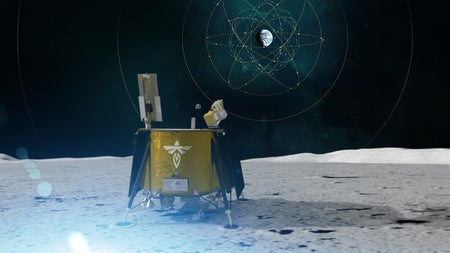
Blue Ghost, a Private U.S. Lunar Lander, Launches to the Moon
A Texas-built lander named Blue Ghost marks another test of NASA’s new lunar delivery initiative
Michael Greshko is a freelance science journalist based in Washington, D.C., and a former staff science writer at National Geographic. His work has appeared in the New York Times, the Washington Post, Science, Atlas Obscura, MIT Technology Review and elsewhere. Follow Greshko on social media here.

Blue Ghost, a Private U.S. Lunar Lander, Launches to the Moon
A Texas-built lander named Blue Ghost marks another test of NASA’s new lunar delivery initiative
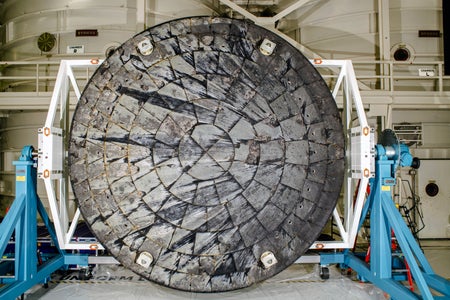
NASA’s Artemis Program Hits Another Delay—And Looks to the Future
While contending with lingering hardware issues for its crewed lunar plans, the U.S. space agency projects confidence and urgency in a time of transition

Power-Thirsty AI Turns to Mothballed Nuclear Plants. Is That Safe?
As Microsoft strikes a deal to restart a reactor at Three Mile Island to power AI, nuclear specialists weigh in on the unprecedented process
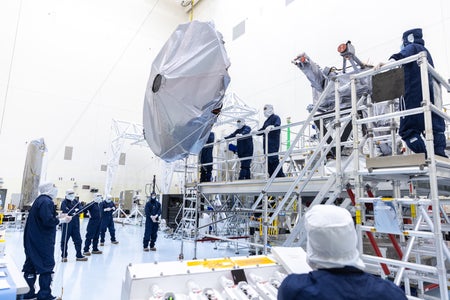
Europa Clipper, NASA’s Mission to Jupiter’s Oceanic Moon, Is ‘Go’ for Launch
The Europa Clipper spacecraft is only weeks away from lifting off on an epic voyage to one of the solar system’s most enigmatic and enticing moons
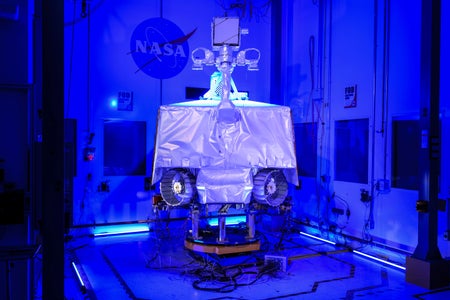
NASA May Spend $800 Million to Not Send This Revolutionary Rover to the Moon
The VIPER lunar rover promised a revolution in our understanding of the moon’s precious deposits of ice. Then NASA cancelled the mission
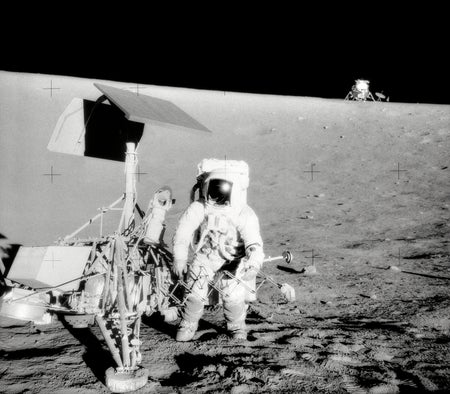
Rocket ‘Sandblasts’ Could Pose Major Risk on Moon, New Studies Warn
A new theory tested on Apollo-era data suggests that high-speed moon dust could pose engineering hazards—and diplomatic headaches
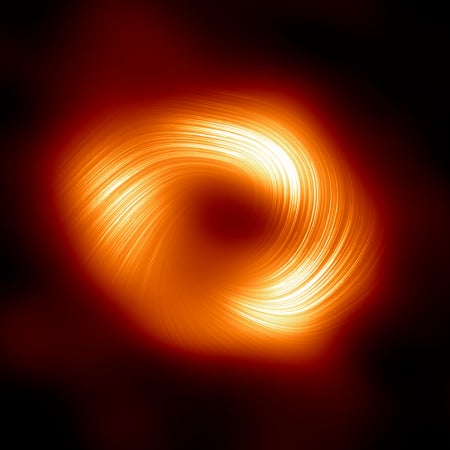
Our Galaxy’s Biggest Black Hole Just Got a New Close-up. What’s Next Could Be Even Wilder
As the Event Horizon Telescope pursues ambitious upgrades, the project’s latest results reveal the magnetic fields around our galaxy’s supermassive black hole
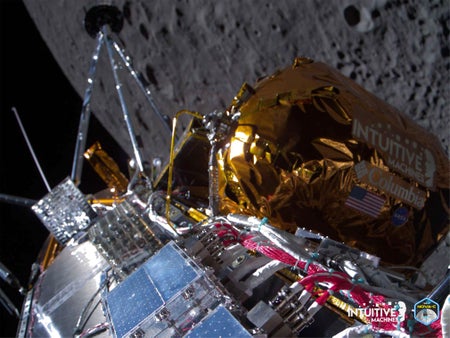
First Commercial Moon Landing Returns U.S. to Lunar Surface
Intuitive Machines’ IM-1 mission is the first U.S. soft landing on the moon since Apollo 17. It’s also a sign of private industry’s growing role in space
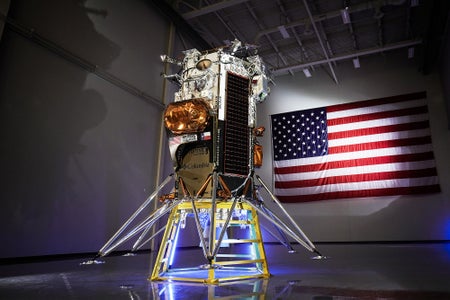
Second Private U.S. Moon Lander Readies for Launch
Intuitive Machines’ IM-1 is aiming to be the first commercial mission to softly land on another celestial body—and the first to deliver NASA equipment to the moon
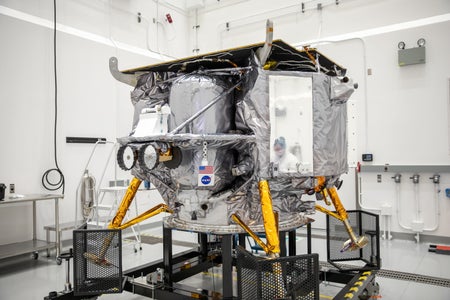
Peregrine, a Private U.S. Moon Lander, Burns Up in Earth’s Atmosphere
Astrobotic’s Peregrine lunar lander, which endured a crippling postlaunch malfunction for longer than expected, could set a precedent for a coming wave of U.S. moon missions
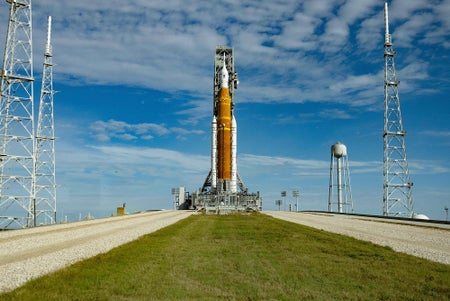
NASA’s Moon Program Faces Delays. Its Ambition Remains Unchanged
If successful, the Artemis program promises to revolutionize travel to other celestial bodies. But many more tests of hardware remain
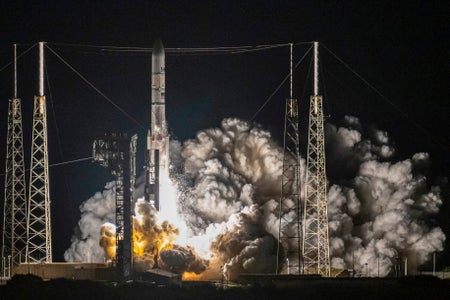
Private U.S. Lunar Lander Suffers ‘Critical’ Anomaly after Launch
Astrobotic’s Peregrine lander was meant to be the first commercial spacecraft to operate on the surface of the moon. Instead it may not reach lunar orbit at all
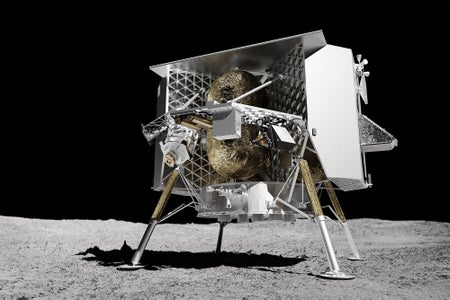
Two Private U.S. Moon Landers Prepare for Historic Launches
The first vehicles to fly under NASA’s new lunar delivery initiative will aim to be the first commercial spacecraft to land softly on another celestial body

Mouse Senses Magnetic Fields Possibly via Quantum Processes
Some organisms’ internal compasses relay direction via magnetic iron crystals, but in wood mice and birds, a totally different compass seems to rely on quantum processes